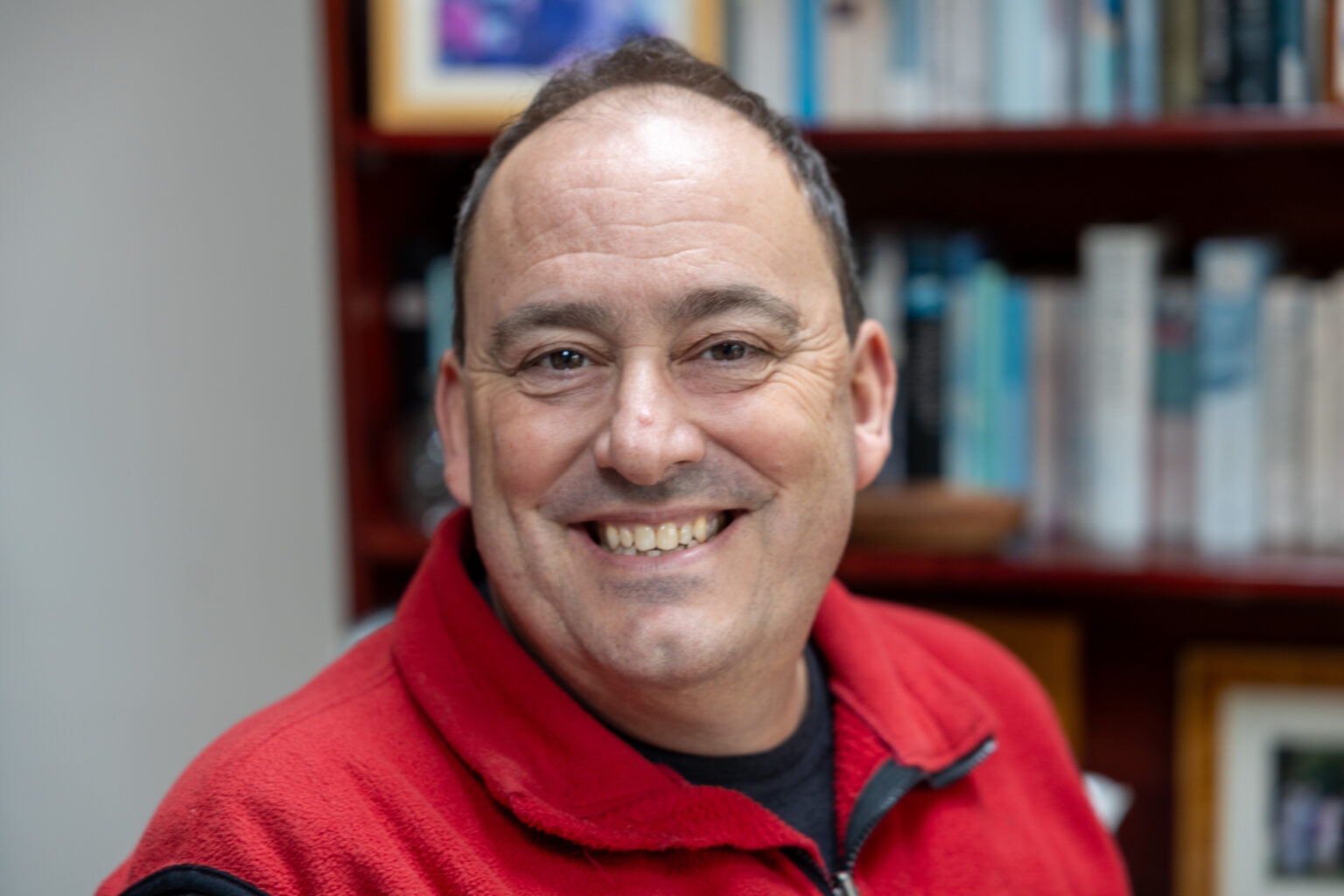
JUST PUBLISHED: Meet Omar Yaghi, the Nobel Prize chemist turning air into water
Omar Yaghi’s parents were Palestinian refugees. He grew up in Amman, Jordan, in a single-roomed crowded house shared, at times, with the family’s cows. One school lunchtime, he snuck into the library and found a chemistry book with stick and ball diagrams of molecules. He was fascinated, and so begun his remarkable career as a chemist, and now Nobel Prize winner. Along with Susumu Kitagawa and Richard Robson, Professor Yaghi has been awarded the 2025 Nobel Prize for Chemistry. Congratulations to them all.
These three chemists developed something known as meta-organic frameworks, or MOFs, a type of ‘chemical Lego’, which many chemists were sceptical could exist when Yaghi started working on them. Most chemists believed large, regular, solid structures could not be built up by joining connecting molecules.
MOFs are made by joining metal atoms, like zinc, copper, or iron, with carbon-based molecules that act like rods or bridges. The result is a crystal with an incredibly porous structure, a bit like a rigid sponge, but one that’s full of tiny, regular holes at the molecular scale. Because of all these pores, MOFs have huge internal surface areas. A single gram of some MOFs can have as much surface area as a football field.
Because of their large surface area, MOFs can be designed to soak up, store, and separate gases and liquids very efficiently, and herein lies their magic. These materials can be designed to catch water or carbon dioxide from the air and coaxed to release it at a later time, often by simply heating up the materials a little. They also have the potential to store hydrogen as a fuel, releasing it as needed to power engines.
Last week, a few days before his Nobel Prize was announced, Omar appeared on Science of the Times podcast. As well as describing his remarkable life and career, he also explained how MOFs have been developed to capture water from air in arid parts of the world. The material then can be heated up, sometimes using sunlight, to release the extremely pure water, which is safe to drink and can be used for irrigation. The process has recently been commercialised, with relatively small machines producing hundreds of litres of water each day. Very recent work on water from Omar’s group is also exploring the removal of ‘forever plastics’ from water.
Work is ongoing to work out how to mass produce MOF materials to capture carbon dioxide from the atmosphere. If successful, this could be game changing technology to help us reverse climate change. Carbon dioxide could be sucked out of air to be later released and stored safely underground.
Omar and his co-winners have developed materials with the potential to change the world. Their Nobel Prize is a fabulous achievement, extremely well deserved, and, you could say, it came almost out of thin air.

